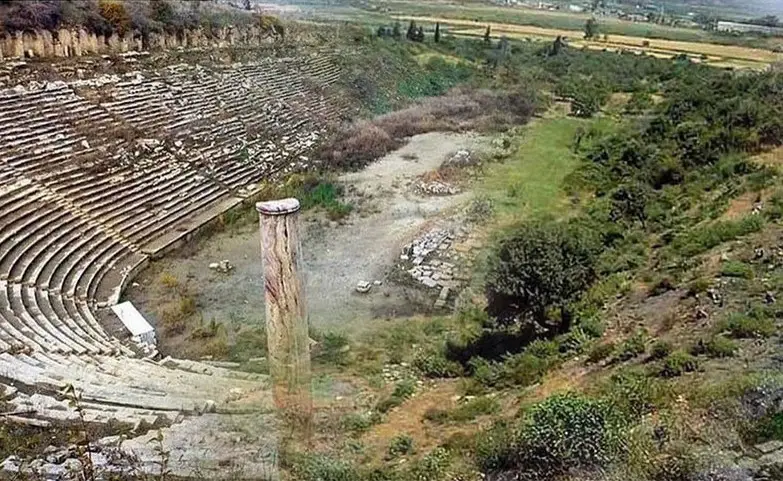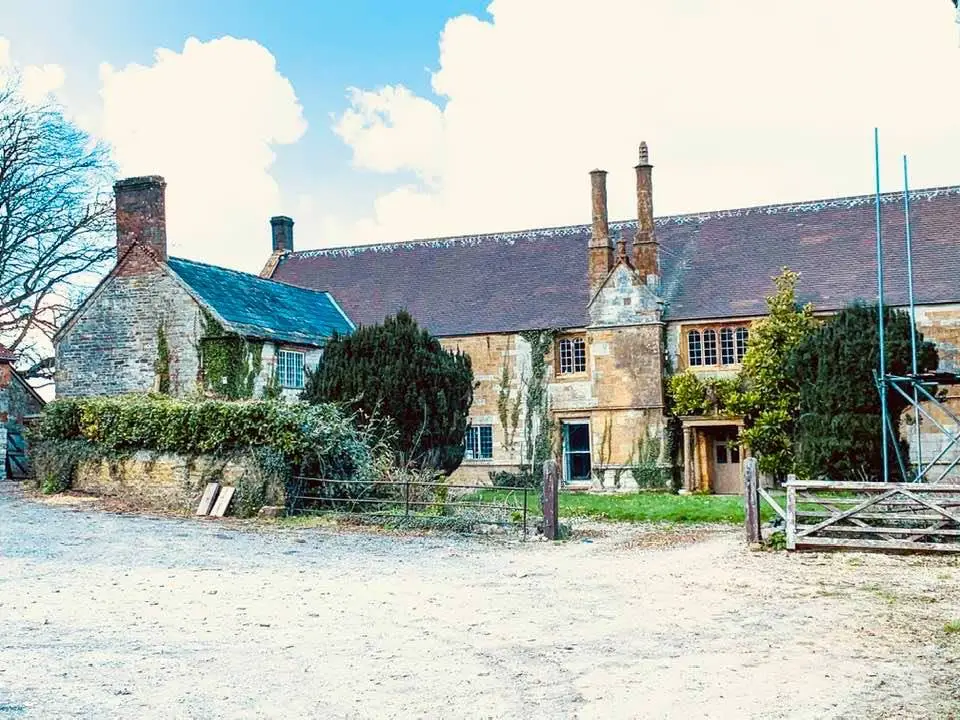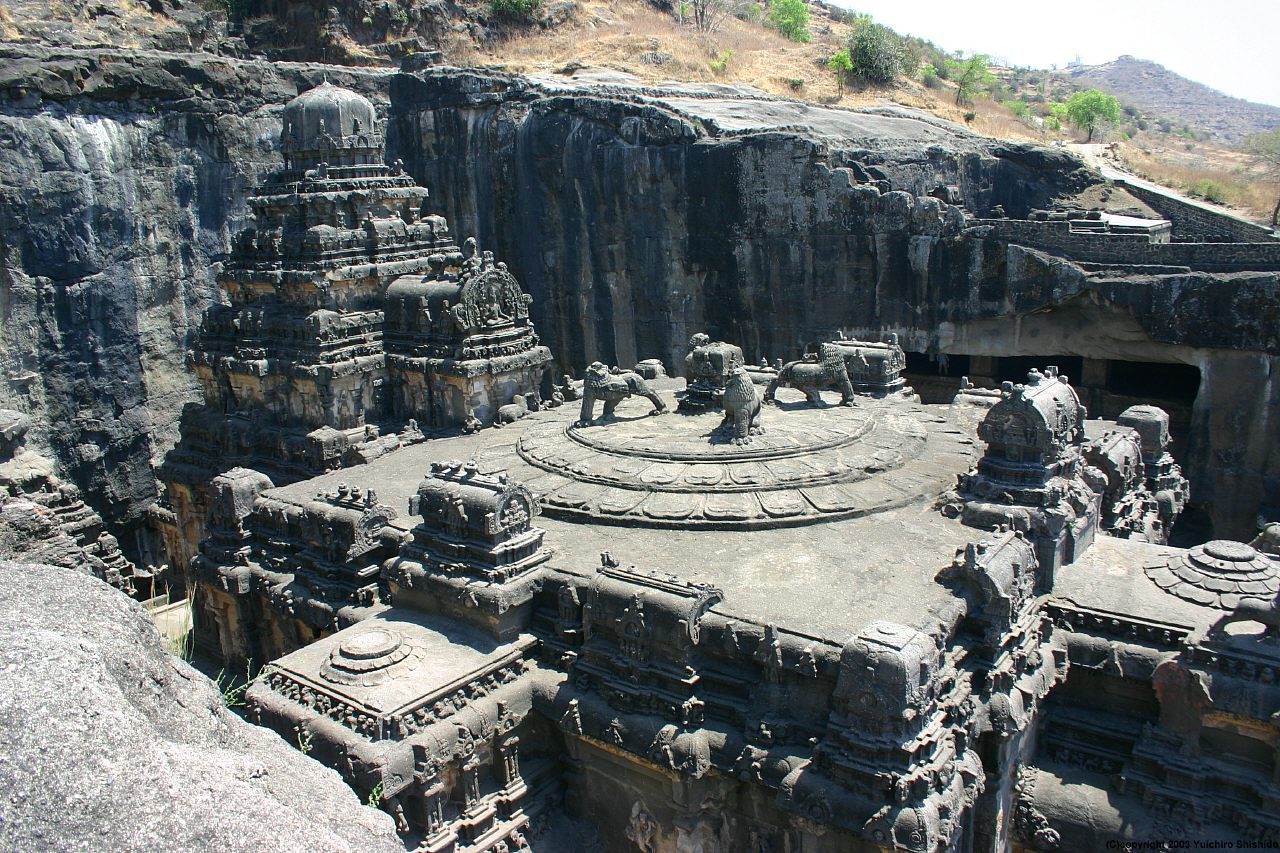Home to over 200,000 marked graves, it also includes mass graves for the victims of the Warsaw Ghetto. The Jewish Cemetery in Warsaw, notable for being one of the largest of its kind in both Europe and globally, was established in 1806 and spans 33 hectares.
Many of these graves and crypts have become overgrown and were neglected following the German invasion of Poland and the ensuing Holocaust. Despite being shut down during World War II, the cemetery was reopened post-war and continues to function on a limited scale, catering to the modest Jewish community that remains in Warsaw.
Contents
Background
The establishment of the cemetery came at a time when the Jewish community in Warsaw was experiencing substantial growth. The Jewish population, which had been present in Poland for centuries, was becoming increasingly urbanised, with many moving to cities like Warsaw and contributing significantly to their cultural and economic vitality.
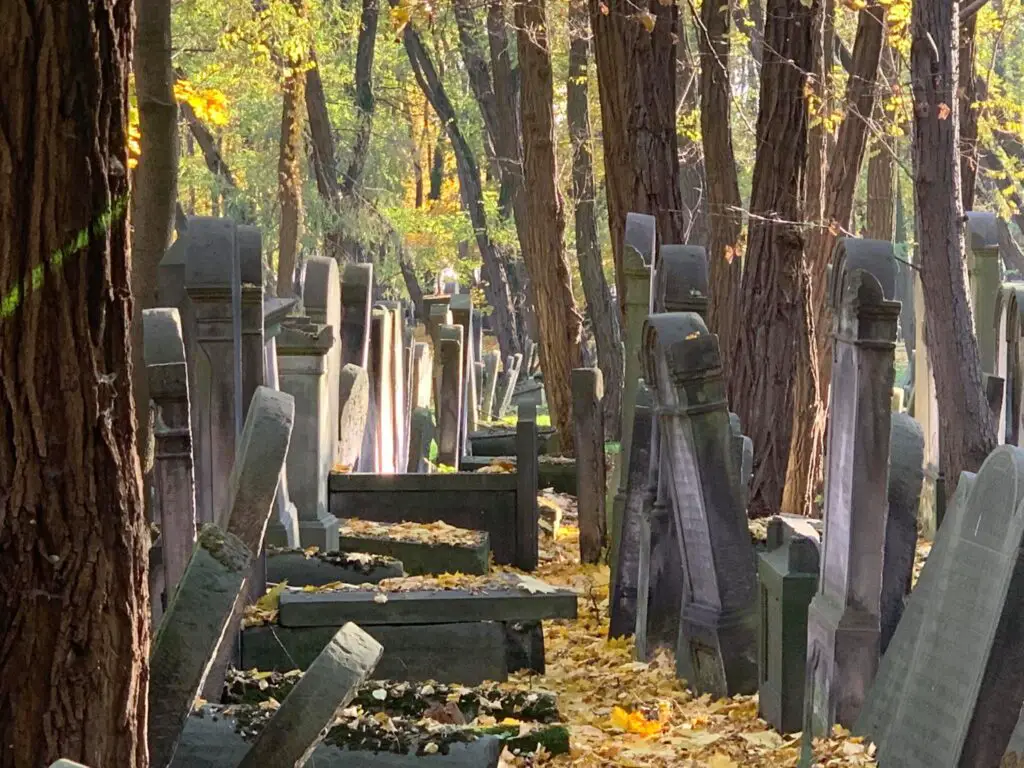
The need for a new cemetery arose as the older burial grounds were nearing capacity, and the rapidly growing community required more space to honor and remember their deceased.
Situated on Okopowa Street, the cemetery initially covered a relatively small area but expanded significantly over the years as the community continued to grow. Today, it sprawls over 33 hectares and contains approximately 200,000 marked graves, along with mass graves of victims from the Warsaw Ghetto.
Read More:The Agia Sophia Cave: A Haven of Devotion
The design of the cemetery reflects the diverse architectural styles and influences of different periods, echoing the evolution of Jewish art and culture in Poland. The tombstones, or matzevot, range from simple and unadorned to elaborately carved monuments, embodying the diversity of the community in life as in death.
Notable Graves
These tombstones are not merely markers of where people are laid to rest; they are historical documents in their own right, offering insights into the lives, families, professions, and social statuses of those who once formed the vibrant fabric of Warsaw’s Jewish community.
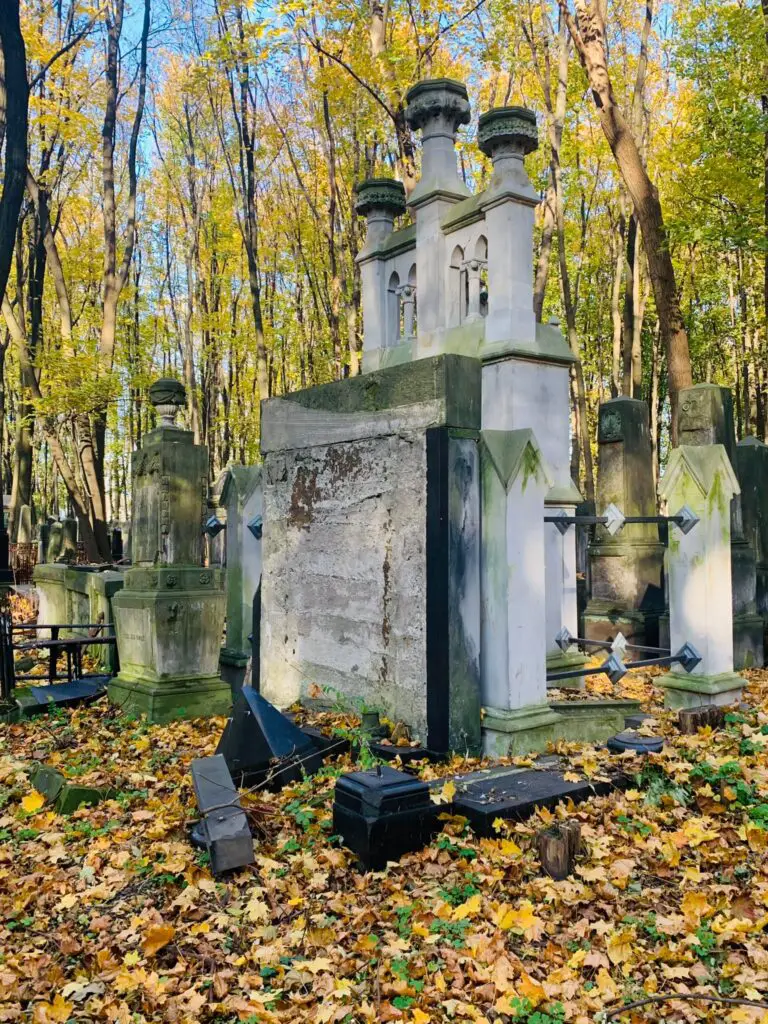
Among the cemetery’s notable burials are significant figures who have left indelible marks on Jewish and Polish history.
Read More: Chernobyl’s Vehicle Graveyard
These include Ludwik Zamenhof, the creator of Esperanto; renowned authors and activists like Isaac Bashevis Singer; and significant religious figures like Yechezkel Taub, the founder of the Kuzmir Hasidic dynasty. Each grave tells a story of Jewish history in Warsaw.
However, the history of the cemetery is also marked by tragedy and destruction, particularly during World War II and the Holocaust.
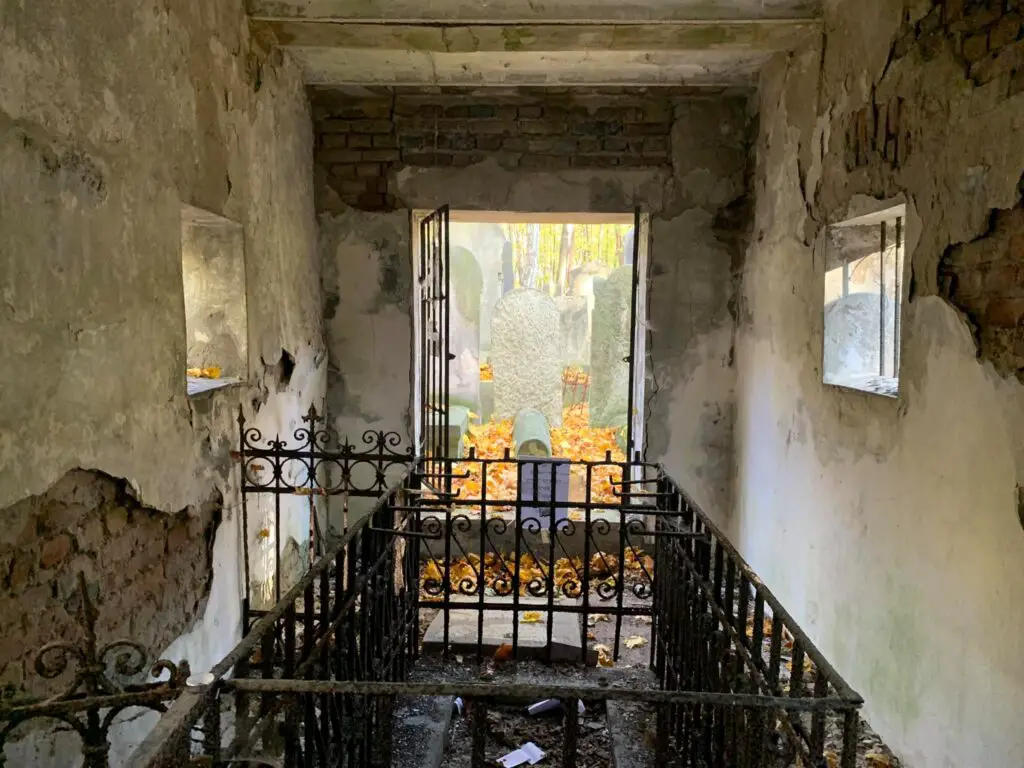
The Nazi occupation of Warsaw brought systemic persecution and annihilation of the Jewish community, a dark chapter in the cemetery’s history. During this period, the cemetery saw the creation of mass graves for the victims of the Warsaw Ghetto.
Mass Graves
It also served as a place of execution and clandestine resistance activities, making it a silent witness to the atrocities committed against the Jewish people during the war.
Read More: Battlefield Relic, The Only Witness Left Standing to the Battle of Culloden
The mass burial pit in the Jewish Cemetery was a direct result of these harsh conditions. With the vast number of deaths in the Ghetto, traditional burial practices became impossible. The sheer volume of corpses, coupled with the severe restrictions imposed by the Nazis, made individual burials impractical. As a result, mass graves were created in the cemetery to accommodate the large number of bodies.

These mass graves hold the remains of thousands of Jews who perished in the Ghetto due to starvation, disease, and the brutal conditions imposed by the Nazi regime. The exact number of individuals buried in these pits is unknown, but they serve as a stark reminder of the atrocities of the Holocaust.
Read More: Roman Stadium Buried for 2000 Years
Post-war, the Jewish community in Warsaw, drastically reduced in number and resources, struggled to maintain the cemetery. Many of the tombstones were vandalized or stolen, and the grounds became overgrown with vegetation, leading to a state of disrepair.
In recent decades, there have been concerted efforts to restore, preserve, and maintain the Warsaw Jewish Cemetery. These efforts have involved various Jewish organizations, support from the Polish government, and assistance from international bodies.
Once Thriving
The restoration of the cemetery goes beyond mere physical repair; it is an act of reclaiming and honoring a rich Jewish heritage that was nearly obliterated during the Holocaust.
Today, the cemetery serves as a poignant reminder of the once-thriving Jewish community of Warsaw. It is a place of memory, reflection, and education, attracting visitors from around the world.

The cemetery is not just a place for the Jewish community to remember their ancestors; it is a site of immense historical and cultural significance for anyone interested in the history of Warsaw, the Jewish people, and the impact of World War II.
Read More: Heavily Decorated Viking Sword X-Rayed
The Warsaw Jewish Cemetery on Okopowa Street stands as a powerful symbol of resilience in the face of adversity and a guardian of the rich and diverse history of the Jewish community in Warsaw. Through its preservation, it continues to educate and remind current and future generations of a past that should never be forgotten.
Each stone in the cemetery tells a unique story, a fragment of the larger narrative of the Jewish people in Warsaw, a narrative of growth, contribution, tragedy, and enduring spirit.
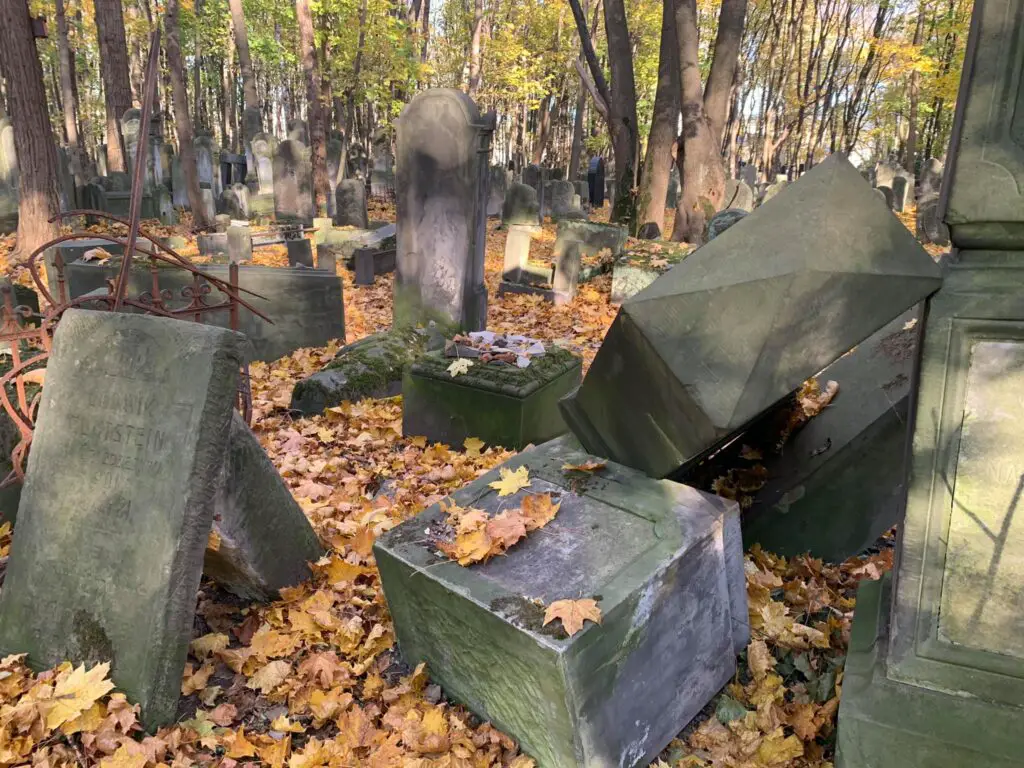
In conclusion, the Jewish Cemetery on Okopowa Street is more than a historic site; it is a living chronicle of the Jewish experience in Warsaw.
Read More: Ajanta Caves Abandoned & Found 1500 Years Later by an Englishman
It encapsulates the ebb and flow of Jewish life in the city, from periods of flourishing community life to the devastating impacts of the Holocaust. As a place of mourning, memory, and learning, the cemetery holds a special place in the hearts of many.
Warsaw Ghetto
The Warsaw Ghetto, an infamous chapter in the history of World War II, stands as a stark reminder of the horrors of the Holocaust. Established by Nazi Germany in the heart of Warsaw, Poland, after their invasion in 1939, the ghetto was a part of a systematic plan of oppression and extermination of the Jewish population.
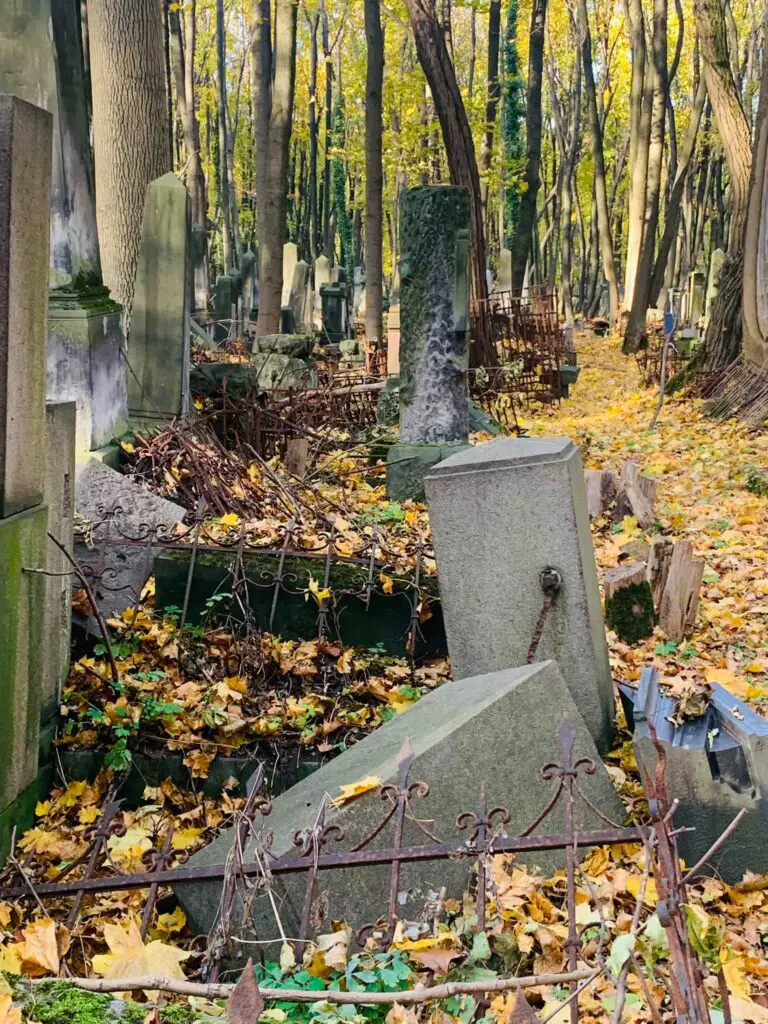
Spanning an area of about 1.31 square miles, the Warsaw Ghetto was created in October 1940 and enclosed by a wall that isolated it from the rest of the city. At its peak, it housed over 400,000 Jews, making it the largest ghetto in Nazi-occupied Europe.
Read More: Kelleks, Rafts Made From Inflated Animals
The conditions within the ghetto were appalling; overcrowding, starvation, and disease were rampant. The average living space was just 1.3 square meters per person, and food rations were meager, leading to widespread hunger and malnutrition.

Life in the ghetto was a daily struggle for survival. The Nazis’ systematic starvation policy was intended to weaken the inhabitants physically and mentally.
Despite these conditions, the Jewish community in the ghetto strove to maintain a semblance of normal life. Secret schools, libraries, and even theater performances continued in defiance of the prohibitions.
Transported to Treblinka
However, the relative stability of the ghetto was shattered in July 1942 when the Nazis commenced mass deportations to the Treblinka extermination camp.
During the course of two months, about 300,000 inhabitants of the ghetto were transported to Treblinka. The deportations were met with disbelief and despair, and the reality of what was occurring in the death camps slowly became apparent.

In response to these deportations, various resistance groups formed within the ghetto, the most notable being the Jewish Combat Organization (ŻOB) and the Jewish Military Union (ŻZW). The resistance began to build bunkers and smuggle in weapons in preparation for an uprising.
Read More: Roman Road Beneath McDonald’s Restaurant
The Warsaw Ghetto Uprising began on April 19, 1943, coinciding with Passover, a symbolic choice for a fight for freedom. It was sparked by the efforts of the Nazis to resume deportations.
Warsaw Ghetto Uprising
The Jewish fighters, poorly armed and vastly outnumbered, held off the Nazis for nearly a month. They fought with a determination born of desperation, knowing that their chances of success were slim.
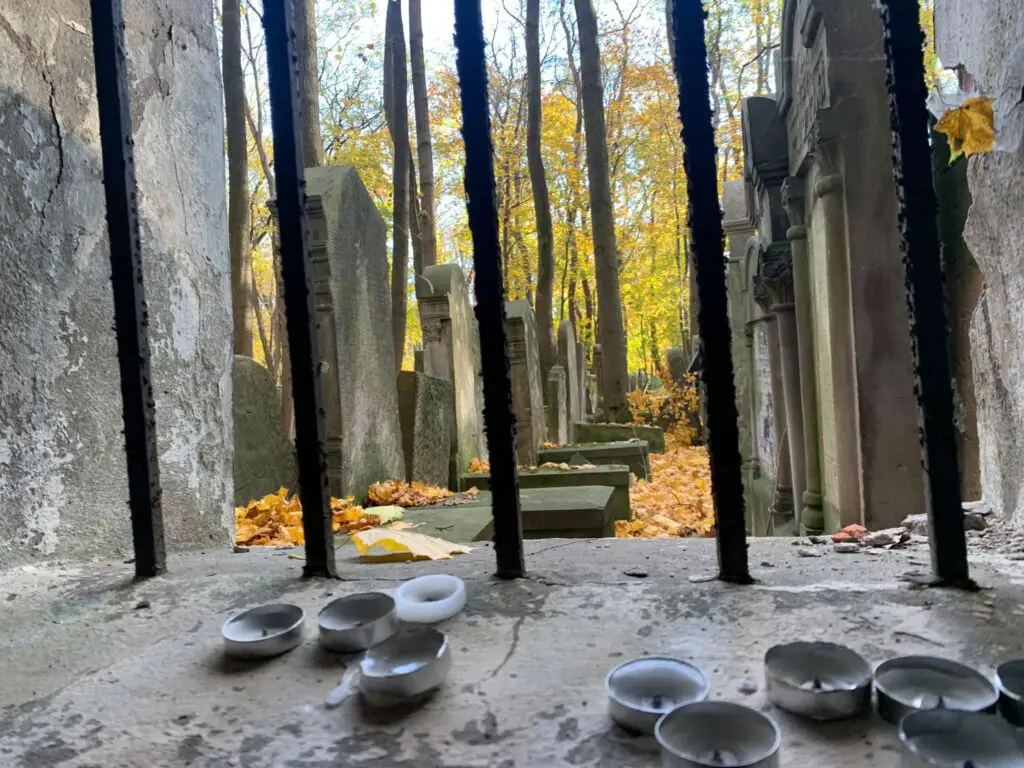
The uprising was eventually crushed by the Nazis, who methodically destroyed the ghetto. The Great Synagogue of Warsaw, outside the ghetto, was blown up as a symbol of Nazi victory. By May 16, 1943, the ghetto was in ruins, and the majority of its inhabitants were killed or sent to concentration camps.
The Warsaw Ghetto Uprising was not only a desperate fight for survival but also a powerful act of resistance against the Nazis. It served as a symbol of courage and defiance in the face of unimaginable atrocities. The ghetto and the uprising are memorialized in various ways, including the Warsaw Ghetto Heroes Monument and the annual commemorations of the uprising.

